Introduction to Website Traffic
Website traffic is more than just a metric; it's the lifeblood of digital businesses, providing insights into user behavior, content effectiveness, and overall market reach. In essence, website traffic quantifies both the quantity and quality of visitors to a site, offering a snapshot of an organization's online visibility and engagement. The intricacies of website traffic extend beyond mere numbers, delving into user demographics, interaction patterns, and conversion potentials. Understanding these facets enables marketers to refine their strategies, optimize user experiences, and ultimately drive meaningful interactions that align with business goals.
The Importance of Website Traffic
Website traffic is a multifaceted component of digital marketing that plays a vital role in business success. It acts as a barometer for gauging the efficacy of marketing efforts, providing insights into customer preferences and behaviors. The primary objective is to attract visitors who are genuinely interested in your products or services, as this increases the likelihood of conversions. High-quality traffic can lead to better engagement, higher conversion rates, and ultimately, increased revenue. Moreover, consistent traffic growth can enhance brand credibility and authority in the digital space, establishing your business as a trusted entity in your industry. Understanding the nuances of traffic channels allows for more targeted marketing, aligning your efforts with the audience most likely to convert into loyal customers.
Different Channels of Website Traffic
Pay-Per-Click (PPC) Advertising
PPC advertising is a cornerstone of digital marketing that offers precise targeting and immediate results. This model is particularly beneficial for businesses looking to promote time-sensitive offers or new product launches. Platforms like Google Ads provide advertisers with robust targeting options, including keywords, demographics, and geographic locations, ensuring that ads reach the most relevant audiences.
Benefits of PPC:
- Flexibility and Control: PPC campaigns offer unparalleled control over budget, duration, and targeting parameters, allowing marketers to adapt strategies in real-time based on performance metrics.
- Brand Recognition: Even if users don’t click on your ads, repeated exposure can enhance brand awareness and recall, paving the way for future engagement.
- Competitive Edge: PPC can help level the playing field for smaller businesses, enabling them to compete with larger companies by targeting niche markets and keywords.
Example: A local restaurant launching a new menu can use PPC to target specific geographic areas, ensuring that ads reach potential customers in the vicinity who are actively searching for dining options.
Search Engine Optimisation (SEO)
SEO is a strategic approach to enhancing a website's visibility in organic search results. It involves optimizing various aspects of a site, from content and keywords to technical elements and backlinks. SEO is a long-term investment that, when executed correctly, can yield sustainable traffic growth and increased brand authority.
Benefits of SEO:
- Increased Credibility: Users tend to trust organic results more than paid ads, associating high-ranking sites with authority and reliability.
- Comprehensive Reach: SEO enhances visibility across multiple search engines and platforms, broadening your audience reach beyond a single channel.
- Adapts to User Behavior: SEO strategies evolve with changes in user behavior and search engine algorithms, ensuring continued relevance and effectiveness.
Example: An e-commerce store optimizing its product pages for specific keywords can achieve higher rankings, attracting users who are ready to make a purchase.
Content Creation and Blogging
Content creation is a core component of digital marketing that involves developing valuable and relevant content to attract and engage target audiences. Blogging, in particular, is an effective way to showcase expertise, address customer pain points, and improve SEO.
Benefits of Content Creation:
- Lead Generation: Quality content attracts new visitors and can convert them into leads through calls to action and gated content.
- Long-Term Value: Evergreen content continues to attract traffic long after its initial publication, providing ongoing value and engagement.
- Educational Resource: Content can educate your audience about your products or industry, building trust and credibility.
Example: A software company publishing in-depth guides and how-to articles can help users understand its products better, leading to higher customer satisfaction and retention.
Referral and Email Traffic
Referral traffic is generated through backlinks from other websites, while email traffic comes from marketing campaigns sent directly to subscribers. Both channels are instrumental in diversifying traffic sources and enhancing engagement.
Benefits of Referral and Email Traffic:
- Trust and Authority: Referral traffic from reputable sites can enhance your site's credibility and authority.
- Targeted Outreach: Email marketing allows for personalized communication, increasing the likelihood of engagement and conversion.
- Loyal Customer Base: Regular email campaigns keep your brand top-of-mind, encouraging repeat visits and purchases.
Example: Partnering with a popular blog for a guest post can drive targeted referral traffic, while a well-crafted email newsletter can remind customers of ongoing promotions.
How to Analyse Your Traffic Sources in Google Analytics
Google Analytics is an indispensable tool for understanding website traffic dynamics. It provides comprehensive insights into how visitors find and interact with your site, enabling data-driven decision-making.
Steps to Analyse Traffic Sources:
- Access Google Analytics: Begin by logging into your account and navigating to the "Acquisition" section to explore traffic sources.
- Traffic Overview: The "Overview" tab offers a general breakdown of traffic channels, including organic, direct, referral, and paid traffic, helping you gauge overall performance.
- Channel Analysis: Under "All Traffic" > "Channels," you can delve into specific details about each channel, assessing metrics like bounce rate, session duration, and conversion rates.
- Custom Reports: Google Analytics allows you to create custom reports focusing on key performance indicators (KPIs) specific to your marketing goals, providing tailored insights.
Statistics: Businesses that use analytics to inform their marketing strategies see a 73% increase in conversions, underscoring the importance of data-driven decision-making.
Checklist for Optimising Website Traffic
- Conduct Keyword Research: Identify relevant keywords to target through SEO and PPC campaigns, ensuring you attract the right audience.
- Optimise On-Page SEO: Enhance meta tags, headings, and content quality to improve search rankings and user experience.
- Engage on Social Media: Consistently post valuable content and encourage sharing to expand your reach and audience engagement.
- Create Quality Content: Develop content that resonates with your audience, offering value and encouraging sharing.
- Monitor Analytics: Regularly review Google Analytics to gain insights into traffic trends and performance, allowing for strategic adjustments.
- Test and Adjust PPC: Continuously refine PPC campaigns based on performance metrics to maximize results.
- Leverage Email Marketing: Use newsletters and targeted campaigns to maintain engagement with your audience, driving repeat visits.
Frequently Asked Questions (FAQ)
What is the most effective channel for website traffic?
The effectiveness of a traffic channel depends on your business objectives and target audience. For immediate visibility, PPC is often favored, while SEO and content creation support long-term growth. A balanced approach, leveraging multiple channels, can maximize reach and impact.
How can I increase organic traffic to my website?
To boost organic traffic, focus on a comprehensive SEO strategy that includes keyword optimization, content creation, and backlink building. Regularly updating content and engaging on social media can also contribute to organic growth.
How do I know which traffic channel is working best for me?
Google Analytics is a powerful tool for evaluating traffic channels. By analyzing metrics like bounce rate, conversion rate, and session duration, you can determine which channels are most effective for your business.
Conclusion
Mastering the various channels of website traffic is essential for crafting a successful digital marketing strategy. By strategically leveraging PPC, SEO, social media, and content creation, you can attract the right audience and meet your business objectives. Analytics tools like Google Analytics provide the insights needed to refine your approach, ensuring you not only drive traffic but also convert visitors into loyal customers. Focus on understanding and optimizing each channel to advance your brand's growth and success in the digital landscape.


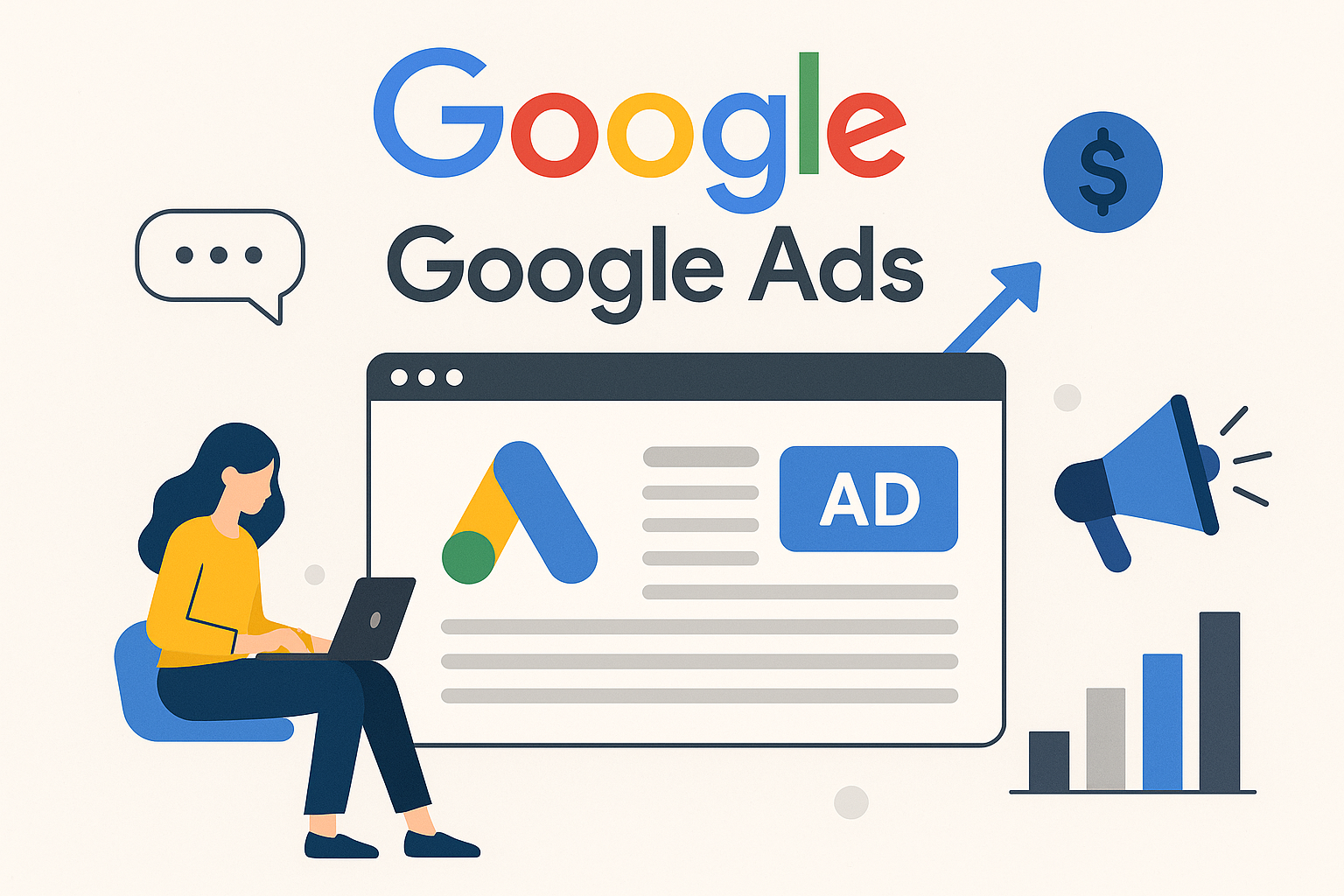
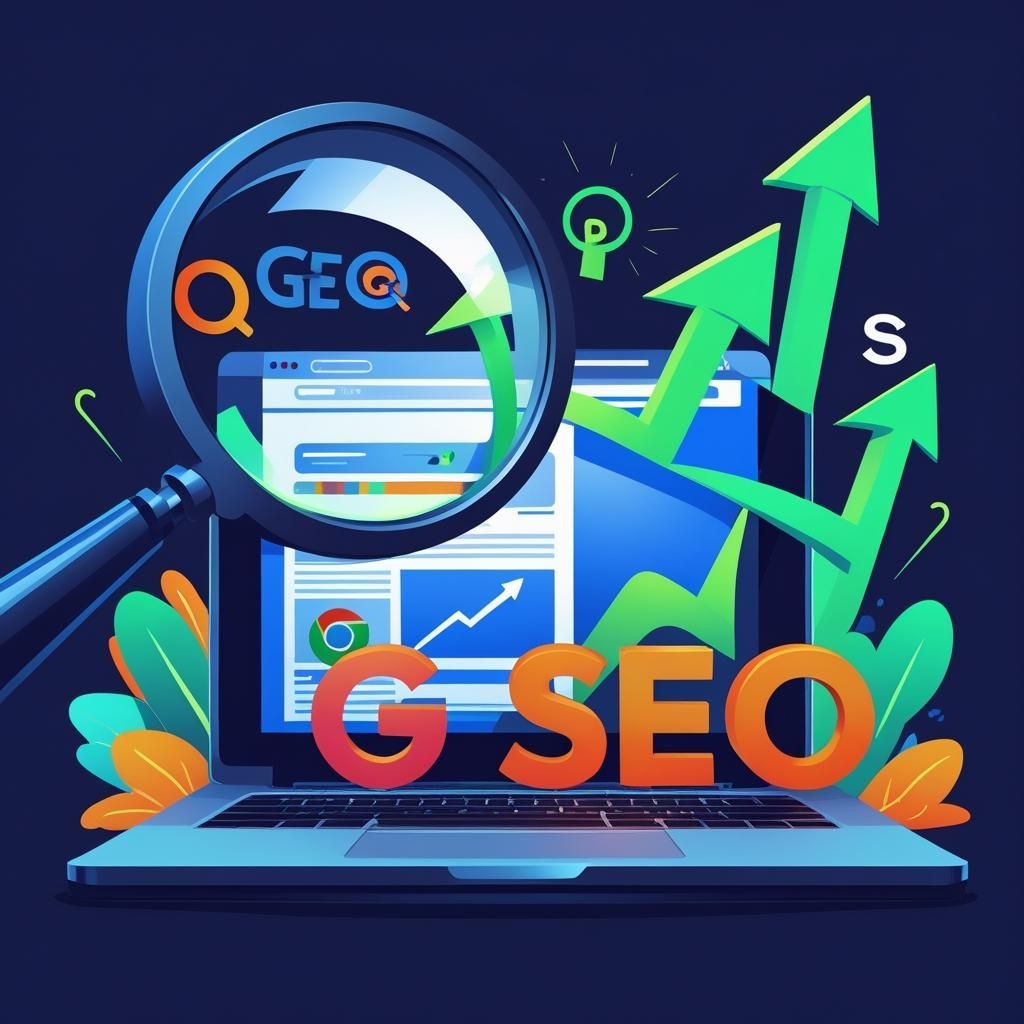
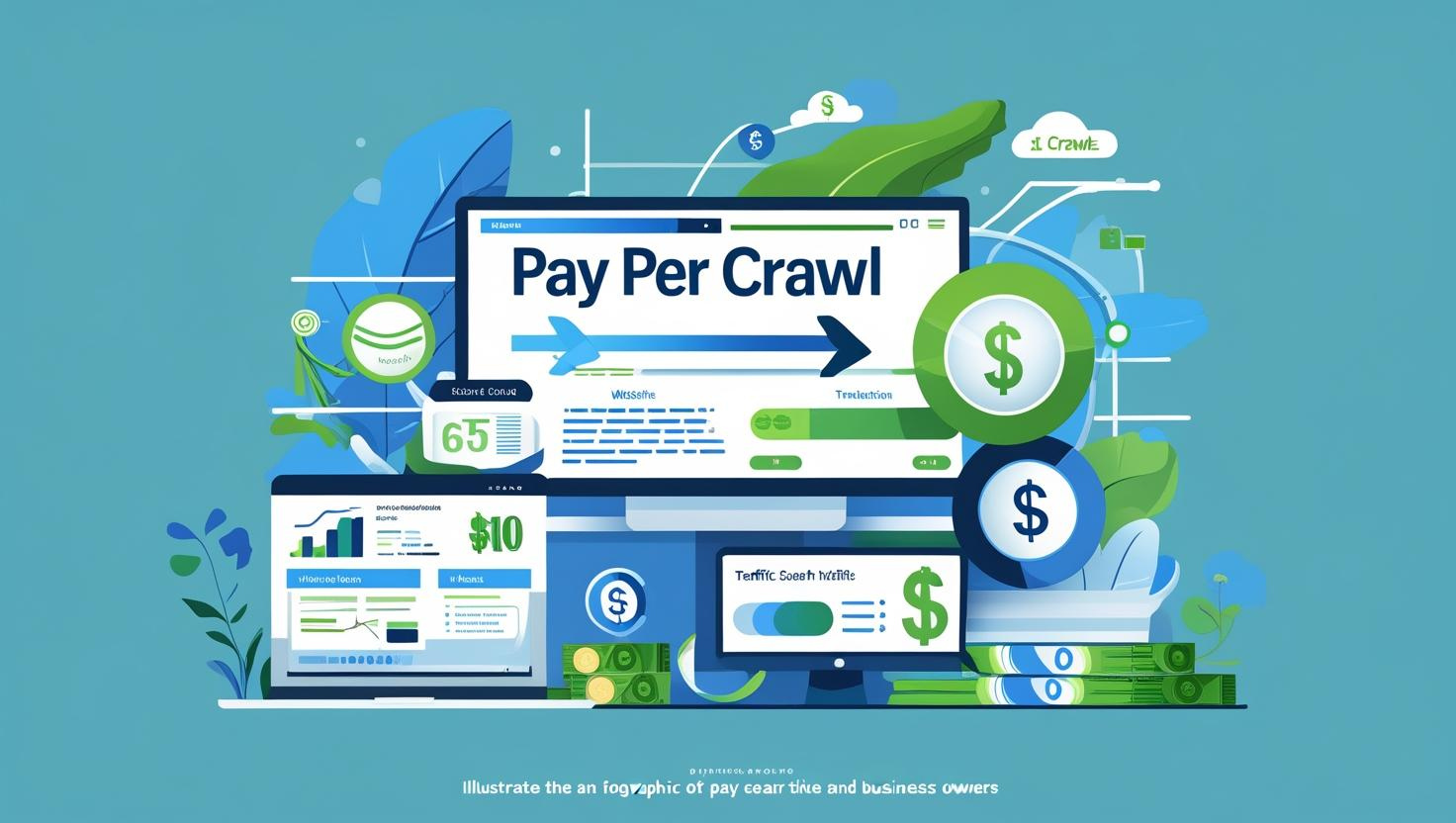



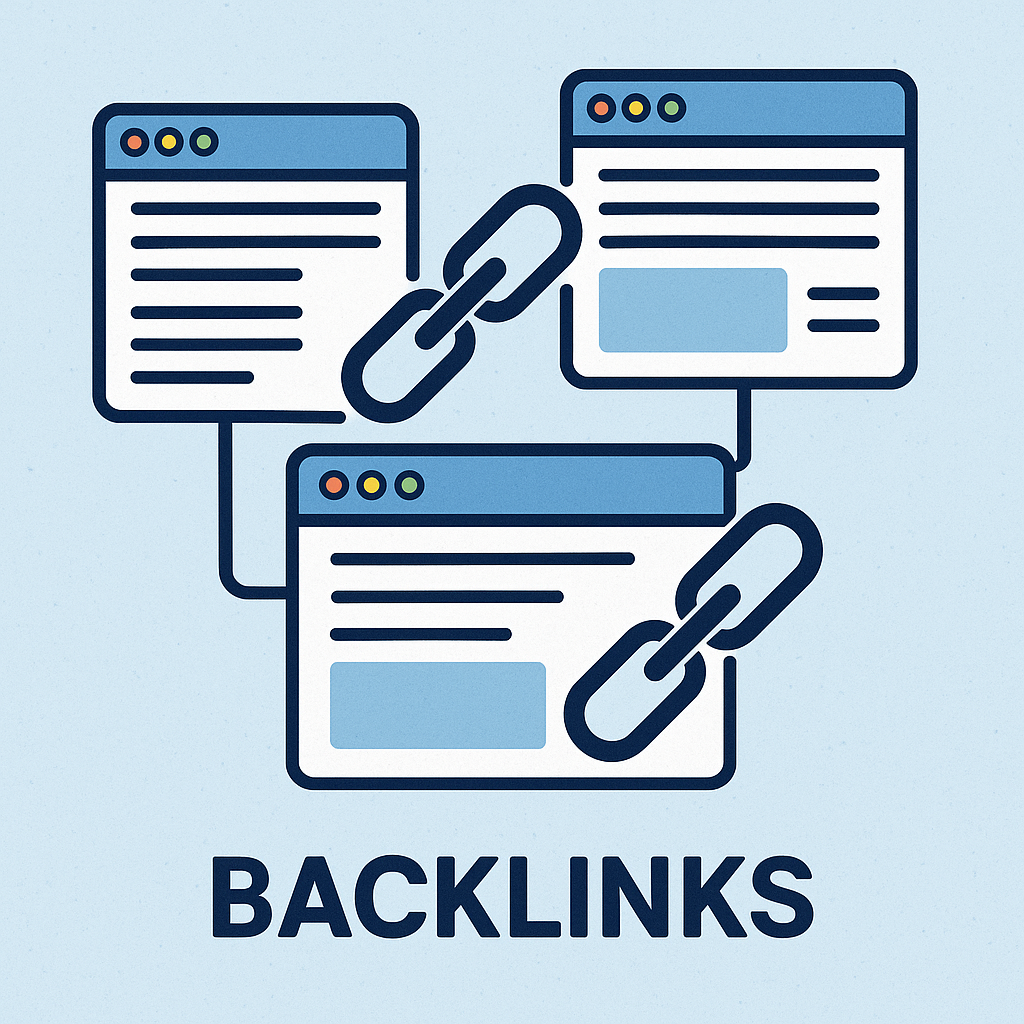
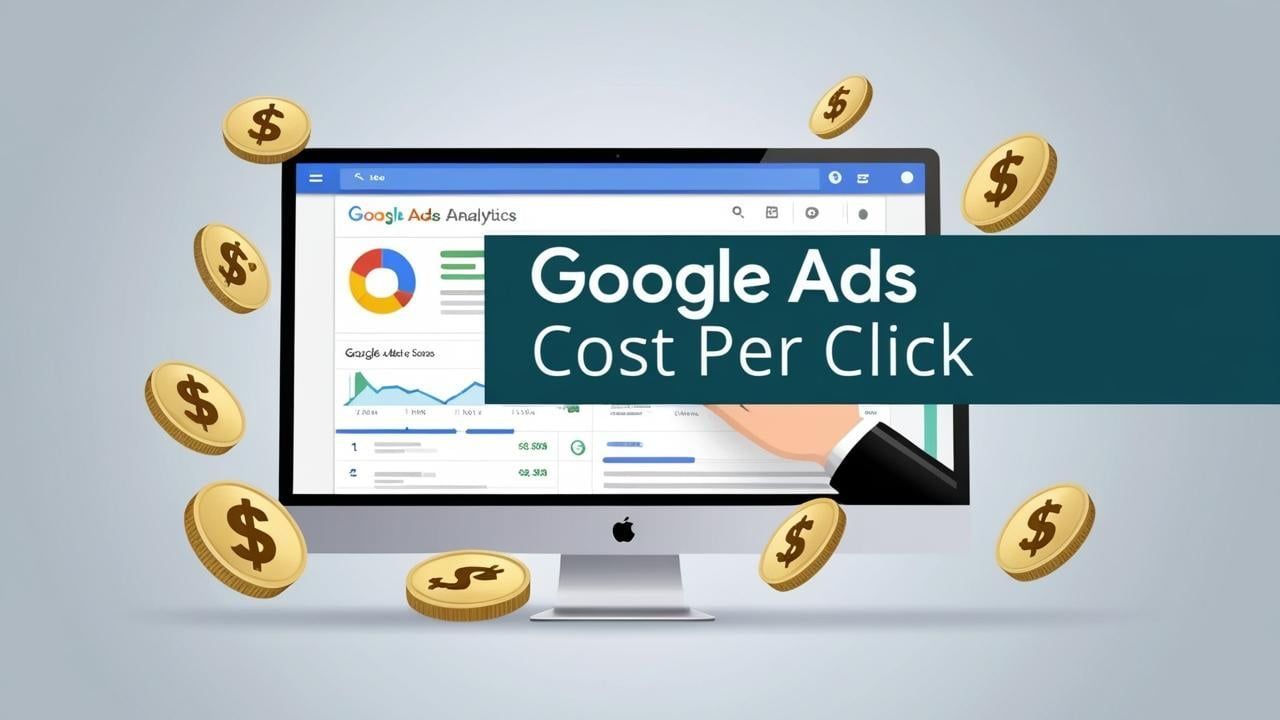

Organic Social Media
Organic social media efforts are essential for building a brand's online presence and fostering community engagement. Unlike paid social media marketing, organic strategies focus on creating authentic connections with audiences through valuable content and interactions.
Benefits of Organic Social Media:
Example: A fashion brand sharing behind-the-scenes content on Instagram can humanize the brand, encouraging followers to engage and share with their networks.